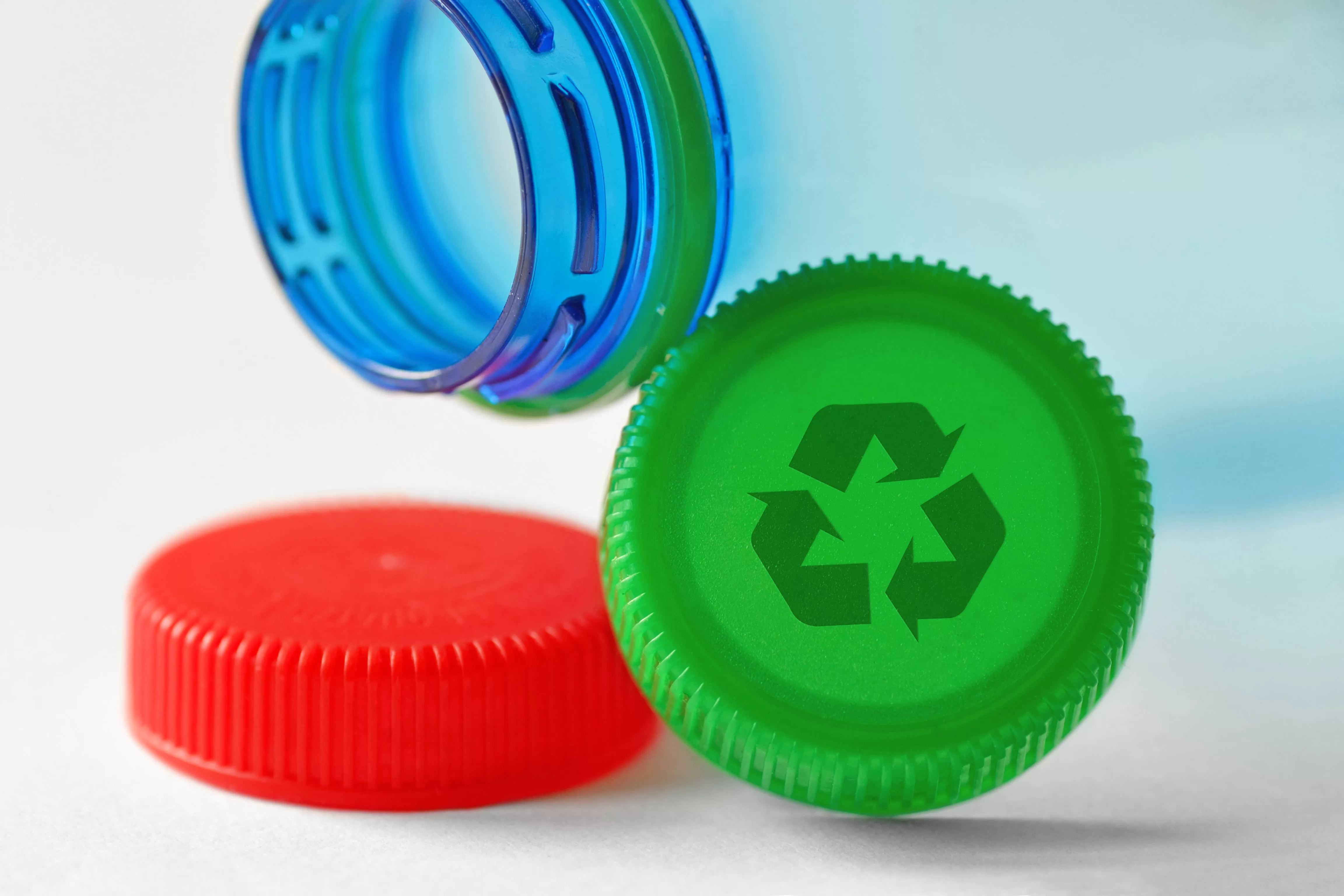
- CSR PLASTIC | Clean Society by Recycling | Sustainability
Can HDPE and LDPE Be Recycled
Can HDPE and LDPE Be Recycled?
CSR Plastic conducts the recycling of both HDPE and LDPE plastic types for environmental health and sustainability. HDPE is a polymer that is easily recyclable. LDPE, on the other hand, is a thermoplastic containing monomer ethylene. HDPE and LDPE plastic types are collected and go through various stages in recycling facilities to become reusable.
LDPE can be described as a versatile thermoplastic. LDPE has low density and is flexible. In contrast, HDPE is a high-density thermoplastic with much higher density than LDPE. HDPE plastics, with a high strength-to-density ratio, are used to design robust products. HDPE and LDPE share some similarities, but there are also significant differences that distinguish the two types of plastic.
Similarities and Differences Between HDPE and LDPE
Despite their differences, HDPE and LDPE share some similar properties, which are as follows:
- High chemical resistance
- Low material weights
- High impact resistance
- Low manufacturing costs
The similar properties of HDPE and LDPE allow them to be used in the same industries. They are commonly used in sectors such as electrical, automotive, and piping.
The most important difference between HDPE and LDPE is that LDPE is more flexible. Additionally, LDPE has a lower melting point. The melting point of LDPE ranges between 106-115 degrees Celsius, while the melting point of HDPE ranges between 120-130 degrees Celsius. LDPE can crack immediately under stress and pressure. The recycling processes of HDPE and LDPE also differ. While LDPE can be easily recycled, HDPE is recycled under more challenging conditions.
HDPE & LDPE Recycling Lines
HDPE & LDPE waste can be recycled and reused for various purposes. The structure of both plastic types is highly suitable for recycling. Generally, LDPE is used in product packaging. The most common products made from LDPE are:
- Paper coatings
- Laboratory equipment
- Oil bottles
- Electrical insulations
- Trash bags
Recycling HDPE plastics, which are highly durable, for use as raw materials in different areas saves both energy and costs.
Since HDPE is derived from petroleum, it results in very durable materials. Recycling HDPE plastic waste typically produces:
- Sewer pipes
- Household items
- Various fast-moving consumer goods
HDPE & LDPE recycling lines remove waste that disrupts the balance of nature from foreign materials. High-tech devices clean the waste and subject it to various processes. Thus, HDPE and LDPE waste become reusable. The transportation unit within the HDPE and LDPE recycling line ensures excellent results in recycling. HDPE and LDPE recycling lines are created based on high engineering studies. Granulated waste from HDPE and LDPE is recycled through different processes than normal waste.
Which is Better: HDPE or LDPE?
It is difficult to make a definitive statement about which is better between HDPE and LDPE plastics. The suitability depends on the usage conditions. Both plastic types have their unique properties.
LDPE is an excellent choice if moisture-resistant and flexible materials are needed. Flexibility might be required for some applications, in which case LDPE should be chosen. HDPE plastic, on the other hand, should be preferred for designing chemically resistant, durable, and robust materials. HDPE plastic is also suitable for applications that require stable operation with minimal errors over a long period. You can contact CSR Plastic to get detailed information about LDPE & HDPE recycling projects and their application areas.




